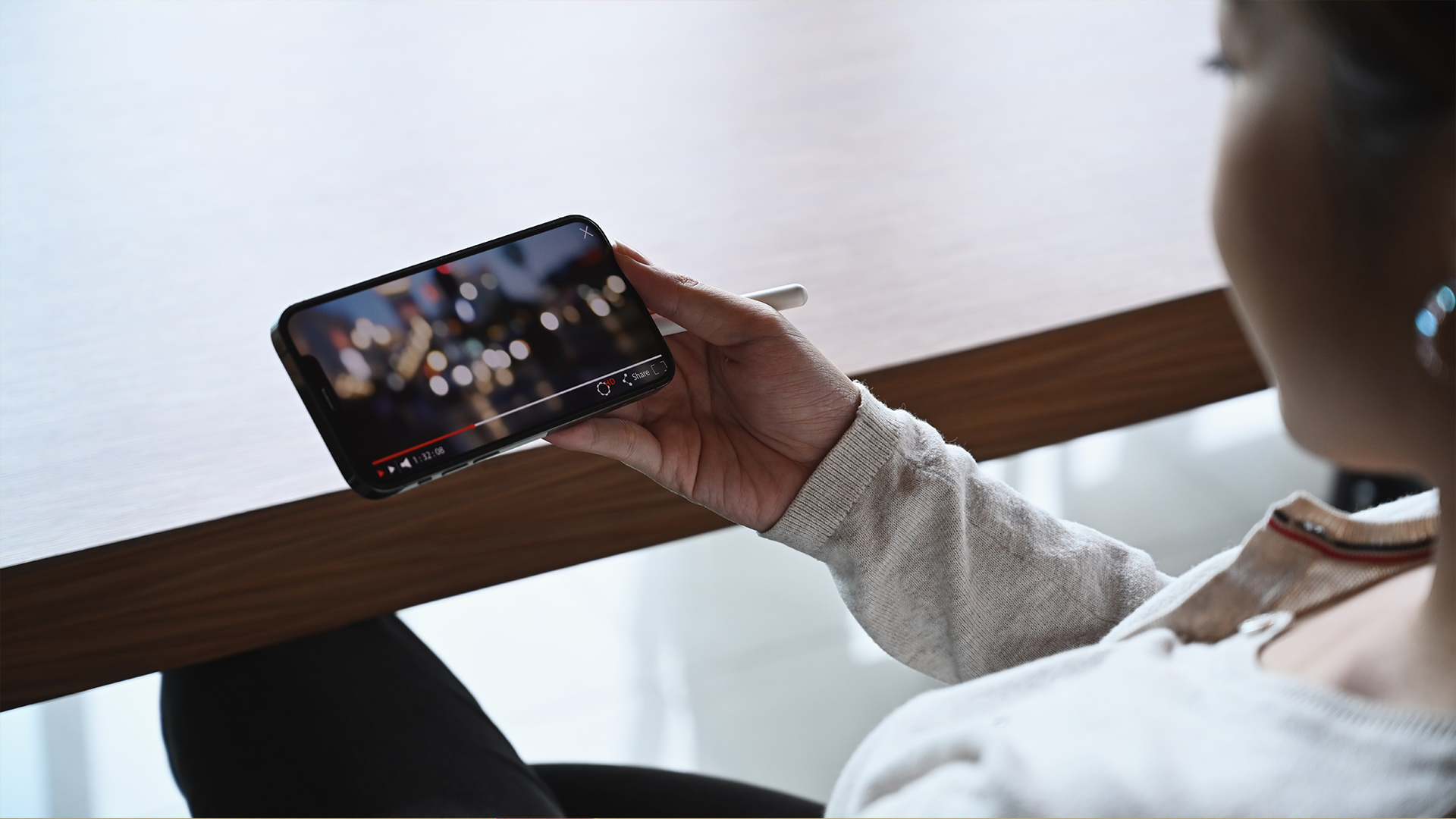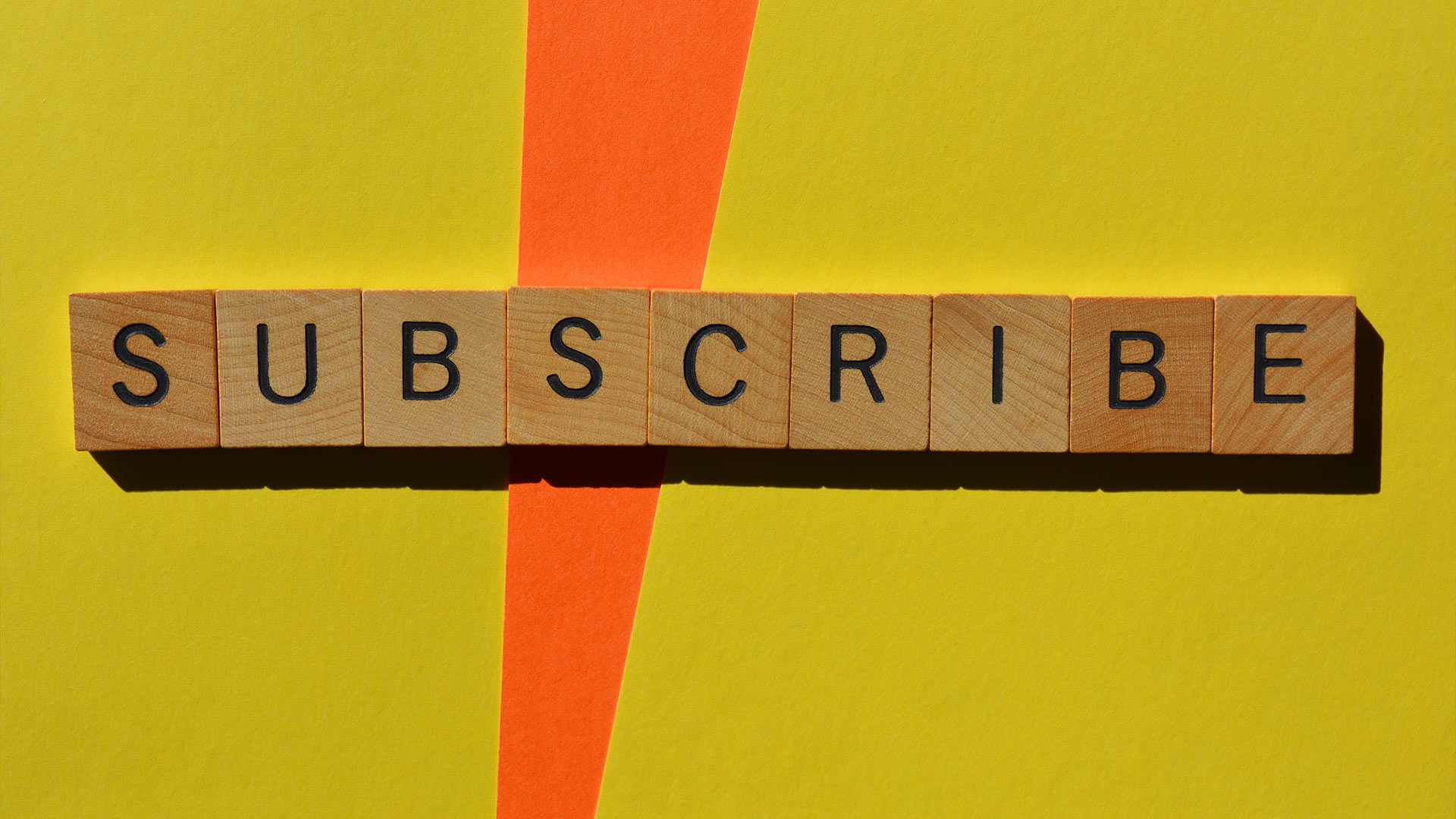If you’ve got a digital product—maybe an eBook, a Notion template, a preset pack, or even a mini course—congrats. That’s a solid way to build passive income. But the real trick isn’t building the product. It’s selling it consistently without being annoying. That’s where short-form content comes in.
Short videos are the perfect top-of-funnel tool. They grab attention fast, build curiosity, and gently nudge people into your world. The goal isn’t to sell in 30 seconds. It’s to lead someone to the next step—then the next—until buying feels like the obvious move.
Let’s break down how to build a full digital product funnel powered entirely by short-form content.
Step 1: Hook Them with Free Value
Start with videos that solve one tiny problem. That’s it. Give people a quick win related to your product’s topic.
If you sell:
- A Notion template → Share a 15-second tip on staying organized
- An eBook on productivity → Drop your favorite morning routine hack
- A Lightroom preset pack → Show a before-and-after edit
- A mini course on budgeting → Teach one rule that saved you money
You’re planting seeds here. Make someone say, “Wait, what’s this person offering again?”
No hard sell. Just value + curiosity.
Step 2: Capture Emails or Follows
This is where most creators mess up. If you don’t have somewhere to send people, they disappear.
Here are two options:
A. Link to a freebie or lead magnet
This could be a free checklist, guide, sample template—anything useful that relates to your paid product. Put it behind an email signup. Boom. You’re building a list.
B. Direct them to follow you
If you don’t have an email funnel yet, that’s okay. Just make sure your CTA is clear. “Follow for more tips like this” works better than nothing.
Over time, as you post more, they’ll see your paid offer pop up naturally.
Step 3: Soft-Pitch the Paid Product
Once someone knows you offer real value, it’s time to introduce your product. But gently.
Think:
- “I made this template to help with exactly this.”
- “If you liked this tip, the full guide is in my bio.”
- “I bundled all my systems into one resource.”
These aren’t hard sales. They’re nudges. Mention your product casually while showing it in action.
Bonus: Don’t just say what it is. Show how it helps.
Step 4: Use Stories or Short Vlogs for Mid-Funnel Content
Not everything should be tutorial-style. Once someone’s semi-interested, they want to know you—and how the product fits into real life.
Try videos like:
- “How I plan my week using this template”
- “This one setting in my preset changed everything”
- “A day in my life using my budget tracker”
These formats are low-key but powerful. They build trust, familiarity, and social proof without needing testimonials or paid ads.
Step 5: Highlight Results Without Being Braggy
You don’t need to scream “Buy now!” Instead, let results do the talking.
Try these:
- “This helped me cut editing time by 70%”
- “I’ve sold 300 copies of this without ads”
- “This checklist finally helped me stay consistent”
You’re not bragging—you’re showing why your product works. People don’t want hype. They want proof.
Step 6: Create a “Loop” Back to Your Funnel
Okay, here’s where it gets clever. Every few posts, circle back to your entry point. That might be:
- “Missed my free checklist? It’s still in the bio.”
- “Quick reminder: the mini course is always open.”
- “I still use this template every week—link’s up top.”
This keeps new followers in the loop and reminds older ones that your funnel is still active.
Consistency > volume here. You don’t need 100 different funnels. Just one that people actually notice.
What Tools You Need
You don’t need a fancy setup. Here’s what actually helps:
- A link-in-bio tool (Beacons, Koji, Stan Store)
- An email list builder (ConvertKit, MailerLite, Gumroad for simple use)
- A clean landing page with copy that makes it clear what they get
- Payment processor (Stripe, PayPal, or whatever’s built into your platform)
Skip the full-blown “sales funnel” software unless you’re launching something big. Most creators sell thousands using a basic setup and good content.
Don’t Do These (Seriously)
Let’s save you some pain. Avoid these common mistakes:
- No clear link in bio – Don’t make people dig
- Too much selling too fast – Warm them up first
- Confusing product explanation – Be crystal clear about what it is
- Only talking about your product – You’re not a commercial
- No CTA – Always give people a next step
This stuff seems basic, but it’s where most funnels break.
Real Talk: How Much Can You Make?
There’s no magic number. But here’s a realistic view:
- Sell a $19 Notion template
- 100 sales/month (from your short content)
- That’s $1,900/month—without ads
Or…
- A $49 course
- 50 sales/month = $2,450
- You’re halfway to replacing a full-time job
The power’s in the consistency. If your content stays helpful, short, and funnel-aligned, the numbers add up fast.




